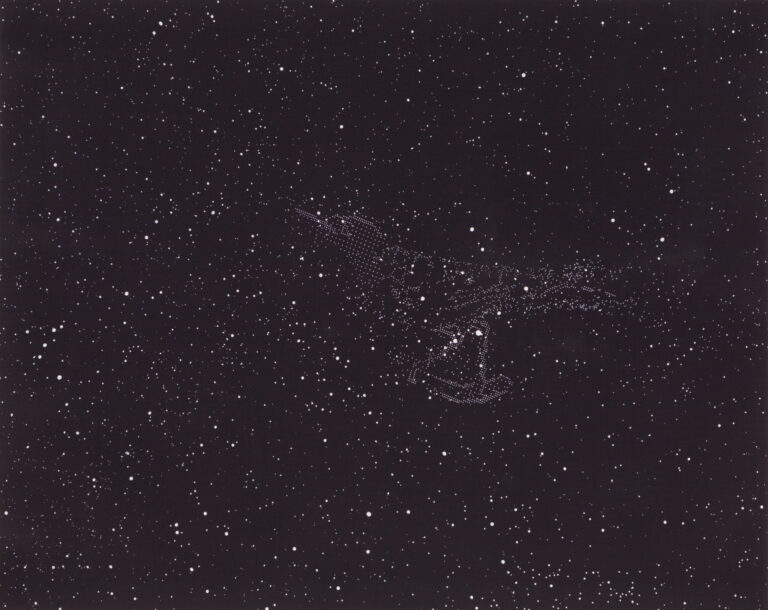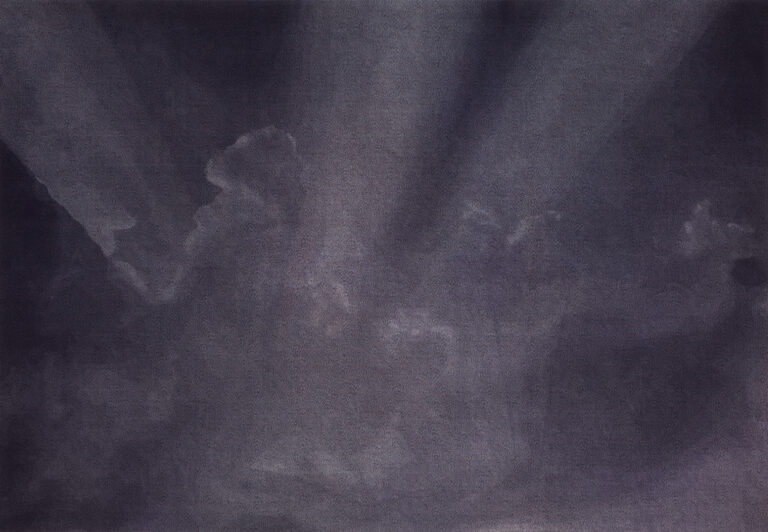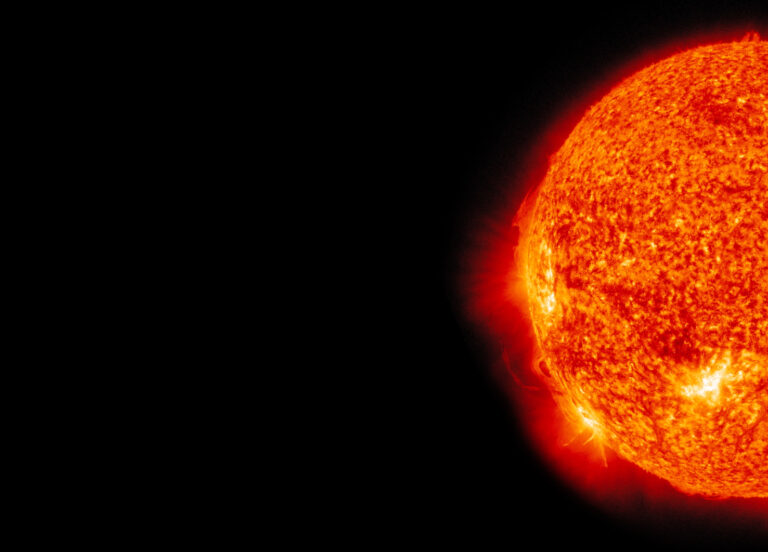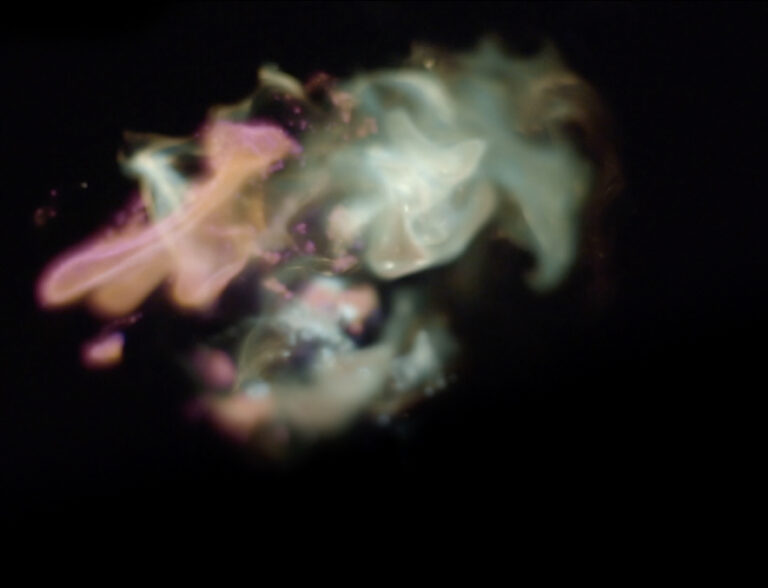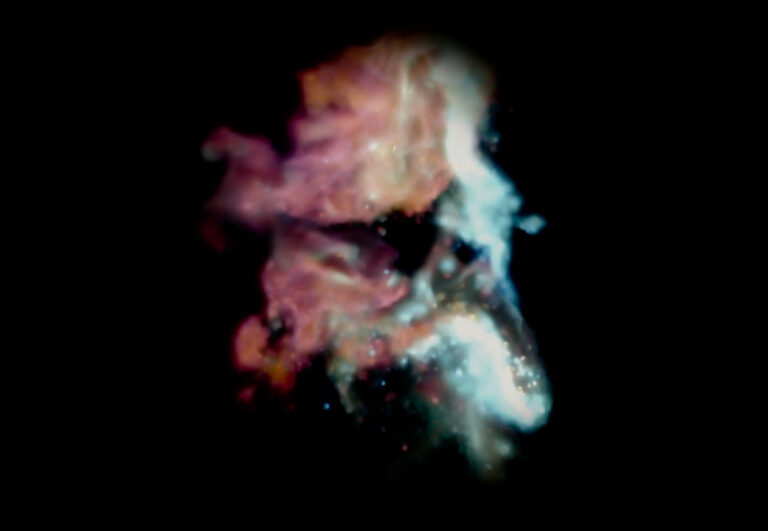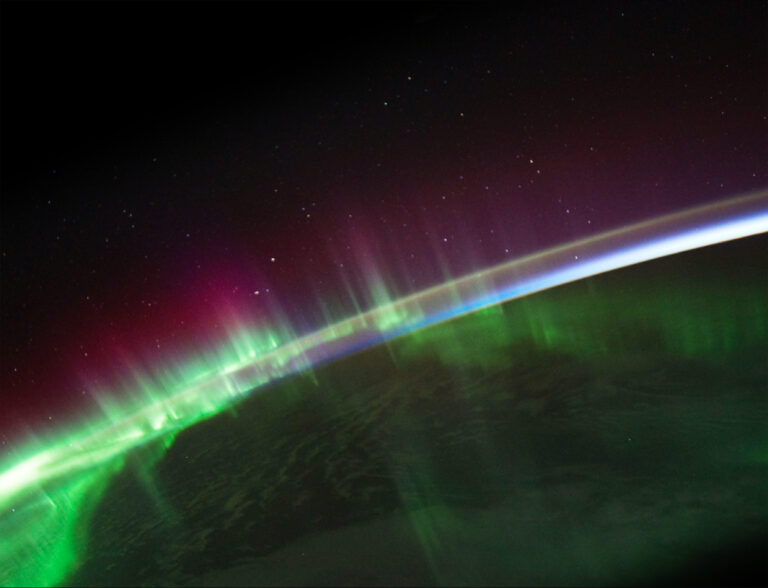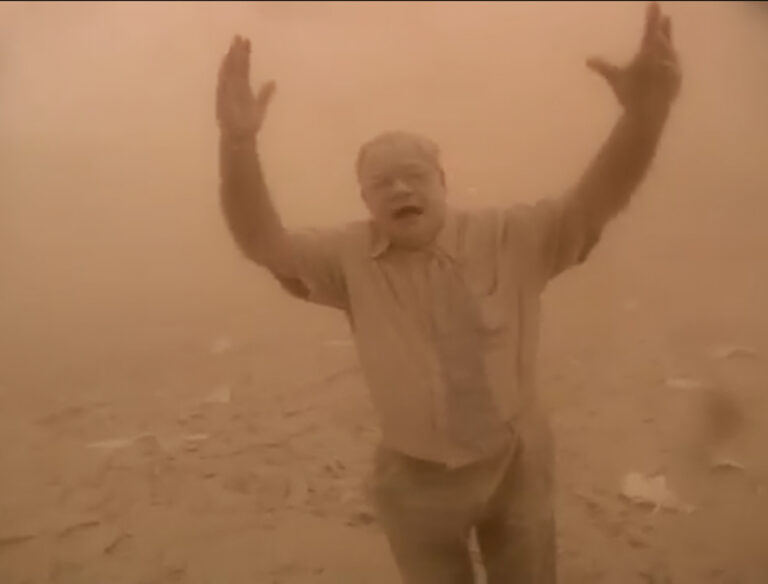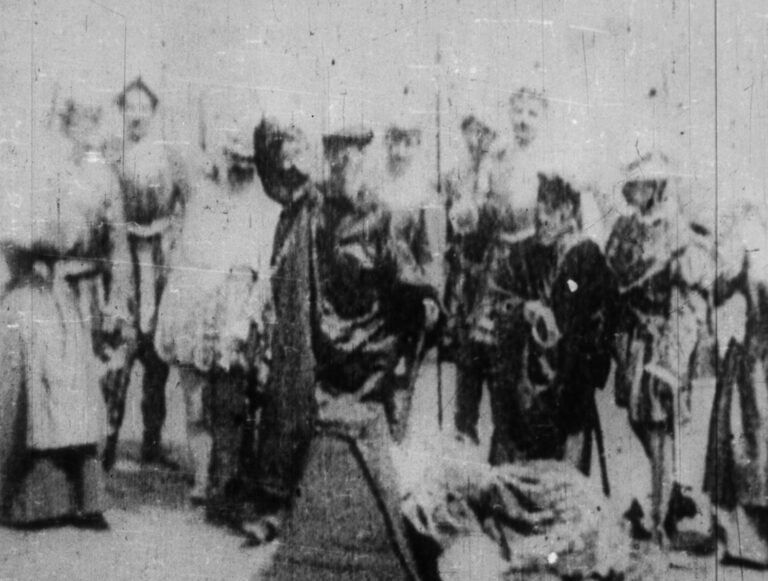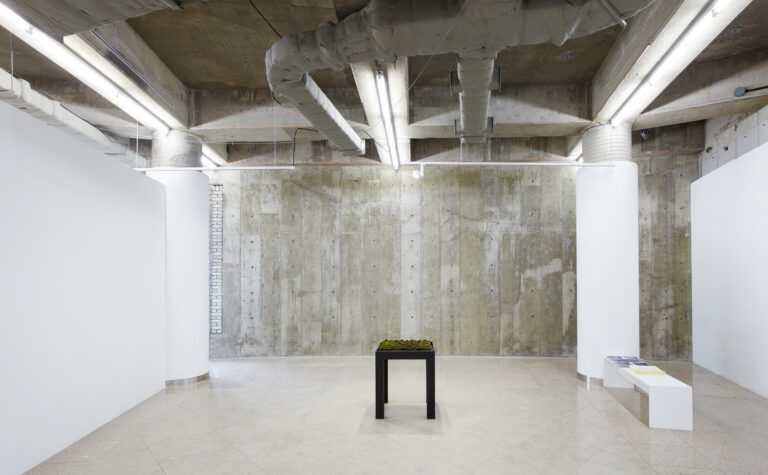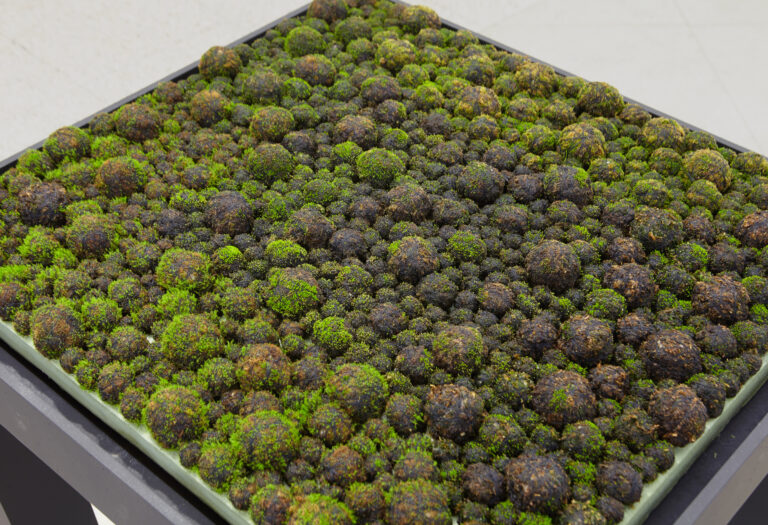2017 Art Sonje Project #1: Melvin Moti – Cosmism
March 18 – May 21, 2017
Art Sonje Project Space
2017 Art Sonje Project #1: Melvin Moti – Cosmism
*Notice for closed on 2017.05.09, election day.
The Art Sonje Center will be closed at election day, 2017.5.9 Tuesday
Art Sonje Center presents its first Art Sonje Project of the year, Melvin Moti’s solo exhibition entitled Cosmism. The exhibition will take place at the project space on the first floor of Art Sonje Center from March 18 to May 21, 2017. This exhibition features his two pieces, Cosmism (2015, 4K film, 28 minutes), a film that experiments with the correlation between climate change and global conflicts, and Cluster Illusion (2014), a series of six pieces made in silk.
While we are widely connected through various channels of communication, we are also disconnected as a global community. Taking this observation into account, the exhibition takes a step back and views our contemporary tendencies from a historic perspective. The main idea for the exhibition Cosmism derives from the theoretical concept developed by the nineteenth and early twentieth-century Russian thinkers, called “Cosmists,” who combined occult and esoteric theories with space science. Among the cosmists was the Russian scientist Alexander Chizhevsky (1897-1964). His several studies explore how one can observe an increase in wars, revolutions, epidemics and natural disasters on earth during years with a high amount of solar activity, while years with a low amount of solar activity correspond to a decrease in military political events on earth. Chizhevsky called this observed synchrony “historiometry.” The Cosmists’ worldview,which considers man a part of the cosmos, is a much-needed impetus to the imagination in our current era of disintegration. Furthermore, Chizhevsky’s solar theory places the contemporary issues, climate change and global conflicts, in a single framework.
The year 2001 had unusually high solar activity, with the month of September being particularly active. Cosmism uses footage from both the 9/11 attacks and the Iraqi war; it combines them with footage of the sun. The film starts with an early film by Thomas Edison dated 1895, which shows a reenactment of the beheading of Mary Stuart, Queen of Scots. This historic footage of the beheading mirrors contemporary clips of beheadings that have become a part of recent history and collective memory. The following narrative examines how we perceive moving images related to violent events, exploring several levels of engagement and/or detachment. The position and role of the camera, as a device, which extends (and sometimes fully takes over) our perspective during violent events, becomes an essential character in the story. An artist book titled Cosmism, which consists of two essays written by the artist himself, accompanies the film. The first essay explains Alexander Chizhevsky’s historiometry. The second essay analyzes the seventeenth-century Dutch painting depicting the brothers De Witt, who were politicians executed in public as a result of a power struggle.
Completing the installation is a series of works made in silk. EntitledCluster Illusion, it has been produced in collaboration with a Tokyo-based master kimono dyer. The works depict sunlight shining through clouds and appear to be almost photographic. From up close, however, one can see how each image is composed of a meticulous Japanese pattern. Combining ancient traditions and modern techniques, this work also blends the historic with the contemporary. The smooth character of silk draws the viewer close to the surface, which is rather optical and tactile, so that one can observe how almost photographic images turn into abstract patterns. Cluster Illusion examines our brain’s tendency to recognize a pattern (an image) as something abstract. Instead of seeing the distinct dots of which the images are composed, our brains turn these dots into illusory clouds. Thus, the relationship between part and whole, in other words, between local and global, is on display in Cluster Illusion.
The entire installation, consisting of the film, the artist book and the silk series, does not make use of one singular point of reference, but instead uses multiple narratives to urge the mind of the viewer to wander freely and associatively. From storyline to storyline, from image to image, from abstraction to figuration, it is ultimately the imagination of the viewer that gives this body of works its meaning.
In addition, Melvin Moti’s “work-in-progress” piece, titled Study for Moss Garden, will be on display at the lobby of the exhibition. This is the part of the artist’s ongoing project in the outside of the DMZ tunnel, in which he displays the moss cultivated inside of the tunnel. Through this work, the interrelationship between what has happened inside and outside of the tunnel is manifested; the audience becomes conscious of the life inside and outside of the tunnel as a whole.
About the artist
Melvin Moti (b. 1977) lives and works in Rotterdam, the Netherlands. He examines neurological, scientific, and historic processes in relation to visual culture. He has had solo exhibitions at Mori Art Museum (Tokyo), Experimental Media and Performing Arts Center (Troy, New York), Contemporary Art Centre Vilnius, Mudam (Luxembourg), Wiels (Brussels), Kunstverein Harburger Bahnhof (Hamburg), Stedelijk Museum (Amsterdam), and Museum für Moderne Kunst (Frankfurt). he also exhibited Eigengrau (2011) and Eigenlicht (2012) in The Encyclopedic Palace at the 55th International Art Exhibition, Venice, Italy.

